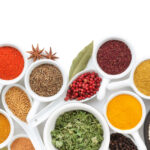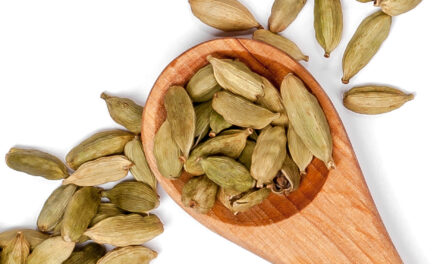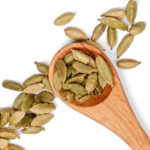

Title: “A Guide to Spices: Unlocking Flavorful Secrets from Around the World”
Introduction: Spices have been cherished throughout history for their ability to transform ordinary dishes into extraordinary culinary experiences. In this comprehensive guide, we’ll embark on a journey to explore the diverse world of spices, from their origins to their unique flavors and culinary uses.
- Understanding Spices:
- What Are Spices?: Delve into the definition of spices and distinguish them from herbs. Understand how spices are derived from various parts of plants such as seeds, bark, roots, and fruits.
- The History of Spices: Trace the fascinating history of spices, from their use in ancient civilizations for culinary, medicinal, and even ritualistic purposes, to their role in shaping global trade routes and economies.
- Exploring Spice Varieties:
- Common Spice Varieties: Provide an overview of commonly used spices such as cinnamon, cumin, paprika, turmeric, and ginger. Describe their flavor profiles, appearance, and culinary applications.
- Exotic Spice Varieties: Introduce readers to lesser-known spices like saffron, cardamom, sumac, fenugreek, and star anise. Discuss their unique flavors and cultural significance in different cuisines.
- Cooking with Spices:
- Spice Pairing Tips: Offer guidance on pairing spices with various ingredients to enhance flavors and create balanced dishes. Explore classic spice combinations used in cuisines around the world.
- Cooking Techniques: Discuss different cooking methods for incorporating spices into dishes, such as blooming spices in oil, toasting whole spices, and grinding spices fresh for maximum flavor.
- Health Benefits of Spices:
- Nutritional Value: Highlight the nutritional benefits of spices, including their antioxidant properties, anti-inflammatory effects, and potential health-promoting properties.
- Traditional Medicine: Explore the historical and cultural use of spices in traditional medicine systems such as Ayurveda, Traditional Chinese Medicine, and Unani Tibb.
- Storing and Preserving Spices:
- Proper Storage Methods: Educate readers on the importance of storing spices properly to maintain their flavor and potency. Offer tips for storing spices in airtight containers away from heat, light, and moisture.
- Shelf Life: Discuss the shelf life of spices and how to determine if spices are still fresh and suitable for use.
Conclusion: Spices are not only essential ingredients in cooking but also windows into different cultures and traditions. By understanding the origins, flavors, and culinary uses of spices, you can elevate your cooking skills and embark on a flavorful culinary journey around the globe. So, spice up your kitchen adventures and let the aromatic world of spices inspire your culinary creations!
Is this conversation helpful so far?










RECENT COMMENTS